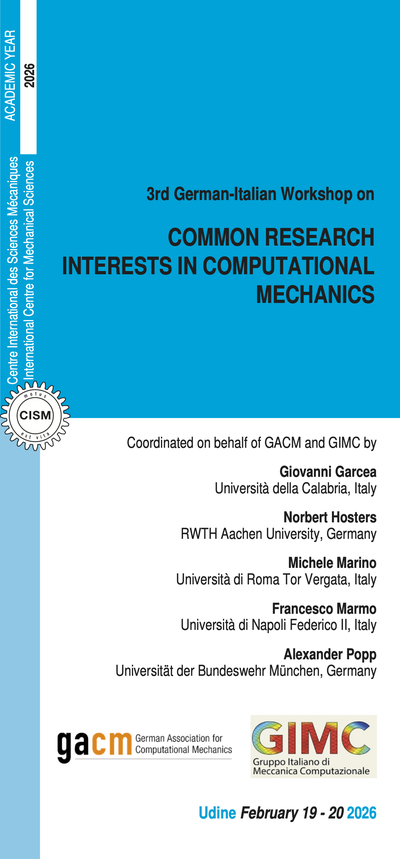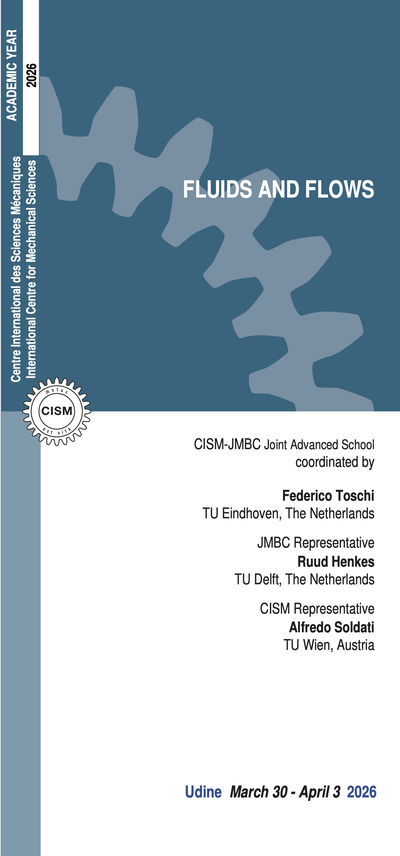1st Meeting of UNESCO-VISUS Experts
The 2015-2030 Agenda of the United Nations for Sustainable Development defines goals and targets for the Sustainable Development. In particular Members States and International Organization are called to “upgrade education facilities in order to provide a safe and effective learning environment” (Goal 4.a) as a way to ensure inclusive and equitable quality education and promote lifelong learning opportunities for all. The Sendai Framework for Disaster Risk Reduction 2015-2030 calls for the strengthening of disaster resilient public and private investments, particularly through structural, non-structural and functional disaster risk prevention and reduction measures in critical facilities, in particular schools and hospitals and physical infrastructure.
In this context, UNESCO’s Unit on Disaster Risk Reduction and Resilience is working in the design of an International Programme for Assessing Safe School Facilities. The programme aim to provide decision makers and the educational community with practical information concerning the risks affecting educational infrastructure (multi-hazard approach) as well as, practical information that allows decisions to be made on the investment needs and areas of concern where this investment should be prioritized.
SPRINT-Lab researchers of the University of Udine in close collaboration with UNESCO’s Unit on Disaster Risk Reduction and Resilience, developed a specific technical-triage methodology named VISUS (Visual Inspections for the definition of Safety Upgrading Strategies). This safety assessment methodology facilitates the decision-making process in the definition of rational and effective safety-upgrading strategies, and allows decision makers to take science-based decisions on where and how they may invest their available resources for strengthening the safety of schools, their students and teaching staff in an efficient and economical manner.
VISUS methodology has been adopted by UNESCO and has been successfully implemented in pilot projects in seven countries worldwide (Italy, El Salvador, Indonesia, Laos, Haiti, Peru, Mozambique). Considering the positive results is intention of the UNESCO to proceed with publishing the VISUS guides for a more extensive and widespread application.
For this aim, the “1st Meeting of UNESCO-VISUS Experts” (MUVEx) meets together several experts, with different technical skills, for analyzing in detail the methodology, reviewing and validating the VISUS guides. The participants will also attend, as observers, to the full scale exercise of the SERM Academy in Venzone and Palmanova where Regional Civil Protection, National Fire Brigade, and University of Udine will test innovative techniques and tools for implementing a rapid post disaster technical triage for decision making support in the emergency response and need assessment.
The VISUS methodology has been conceived and implemented by the researchers of the SPRINT-Lab of the University of Udine. SPRINT lab is now a UNESCO Chair in Intersectoral Safety for Disaster Risk Reduction and Resilience. For this reasons the 1st MUVEx meeting will take place in Udine, in the prestigious palace of CISM (International Centre of Mechanical Science). CISM operates in strict collaboration with the University of Udine and after the 1976 earthquake in Friuli Region, had a strong role in terms of scientific support for technicians and decision makers in the reconstruction phase, organizing conferences and producing guidelines and books. The MUVEx has similar purposes, therefore, the location provides the proper environment for the validation of the UNESCO guides of the VISUS methodology.





